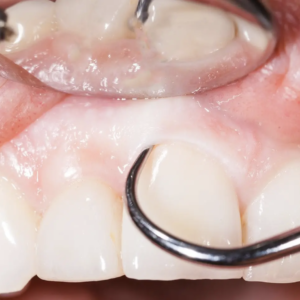
Dental Hygienists Change Routines for New Safety Technology
Rolando Mia, from Zyris, hosts a video series focused on the latest news, topics, and conversations happening in dentistry featuring dentists across the nation. In Season 2, we’re focusing on, “What’s Working and What’s Not”, where we’ll debunk myths by assessing trial and error since the start of Covid-19 in… Read More
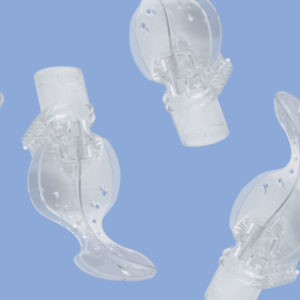
Mitigating Health Hazard Risk in Dental Practices
Rolando Mia, from Zyris, hosts a video series focused on the latest news, topics, and conversations happening in dentistry featuring dentists across the nation. In Season 2, we’re focusing on, “What’s Working and What’s Not”, where we’ll debunk myths by assessing trial and error since the start of Covid-19 in… Read More

Air Purification In Your Dental Office
Rolando Mia, from Zyris, hosts a video series focused on the latest news, topics, and conversations happening in dentistry featuring dentists across the nation. In Season 2, we’re focusing on, “What’s Working and What’s Not”, where we’ll debunk myths by assessing trial and error since the start of Covid-19 in… Read More
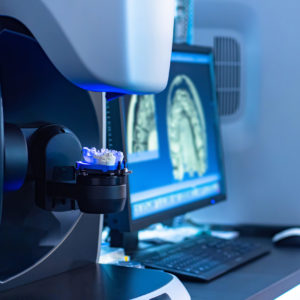
Implementing Tools in Your Dental Practice Based on Science
Rolando Mia, from Zyris, hosts a video series focused on the latest news, topics, and conversations happening in dentistry featuring dentists across the nation. In Season 2, we’re focusing on, “What’s Working and What’s Not”, where we’ll debunk myths by assessing trial and error since the start of Covid-19 in… Read More

The Art of Clinical Research and Experimentation in Dentistry
Rolando Mia, from Zyris, hosts a video series focused on the latest news, topics, and conversations happening in dentistry featuring dentists across the nation. In Season 2, we’re focusing on, “What’s Working and What’s Not”, where we’ll debunk myths by assessing trial and error since the start of Covid-19 in… Read More
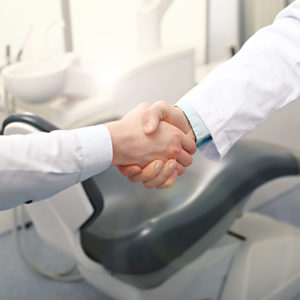
Business Partnerships in Dentistry During a Pandemic
Rolando Mia, from Zyris, hosts a video series focused on the latest news, topics, and conversations happening in dentistry featuring dentists across the nation. In Season 2, we’re focusing on, “What’s Working and What’s Not”, where we’ll debunk myths by assessing trial and error since the start of Covid-19 in… Read More
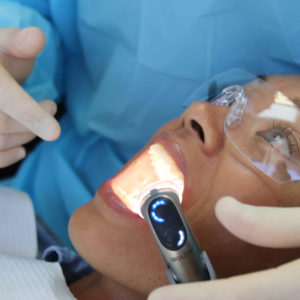
Successfully Place an Isolite Mouthpiece in 5 Steps
Since the pandemic began, we’ve helped over 1,500 dental offices provide better dental experiences for their patients. Dentists report seeing 40% less patients per day prior to Covid-19 according to a survey done by the ADA due to longer appointments and longer sanitization schedules. Adopting new technology that disrupts… Read More
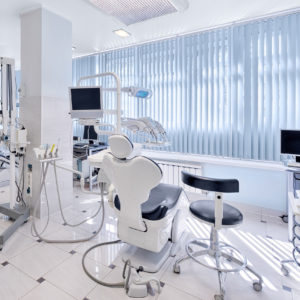
Expanding Your Dental Practice: Bloody Tooth Guy’s Insights
Rolando Mia, from Zyris, hosts a video series focused on the latest news, topics, and conversations happening in dentistry featuring dentists across the nation. We’ve kicked off Season 2, with the primary focus being, “What’s Working and What’s Not”, where we’ll debunk myths by assessing trial and error since the… Read More
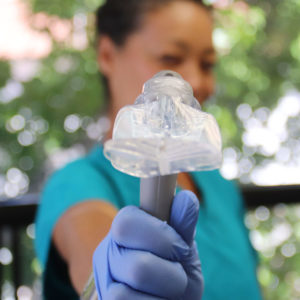
Dental Hygiene: Adopting Technology for Safety
Rolando Mia, from Zyris, hosts a video series focused on the latest news, topics, and conversations happening in dentistry featuring dentists across the nation. In this episode, Secilia Spellman, RDH gave us an important lesson on the importance of adopting new technology in your dental hygiene routine and having open… Read More
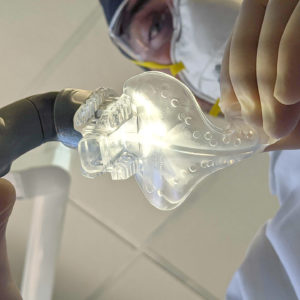
Dentistry During a Pandemic: A Patient’s Point of View
Graphic designer, dog-lover, and muncher of sweet potato fries. Darina is on Zyris’ Marketing team, but when the day ends and she removes her creative cloak, she does every day human things like seeing the dentist. As dental offices re-open, we thought it would be insightful to… Read More
 (800) 560-6066
(800) 560-6066